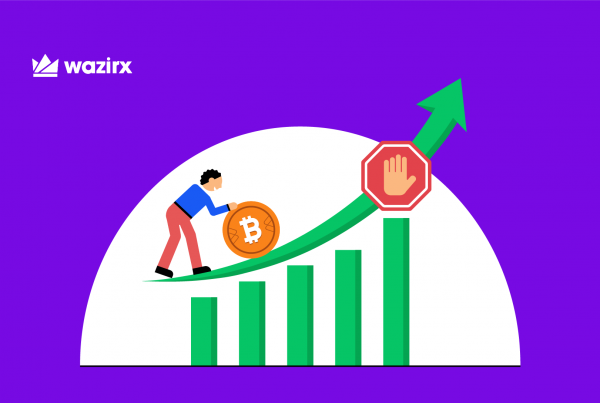Table of Contents
When it comes to the world of tech, the word on everyone’s lips is Web3. With the futuristic versions of our current internet and all the possibilities of a new era, Web3 mania is fully upon us.
Web3, simply put, is the proposed next stage in the internet’s evolution and will focus on more decentralized ownership of networks as opposed to monopolies. It is also apparently going to be more intuitive with regards to the way user behaviour is tracked and how the online experience is tailored to meet user needs.
Besides all the talk about what Web3 will bring, there is also talk about who will dominate the new space. Jack Dorsey, the former CEO of Twitter, touched on the subject via his own official Twitter profile last year, and till now, the debate continues.
One person who has very strong thoughts on the matter is Balaji Srinivasan, an angel investor, the former CTO of Coinbase, and the co-founder of Counsyl. He has been in the tech space for years and recently sat down with the host of the Superteam Podcast to talk about all things tech and the future of the industry.
In the course of the discussion, Srinivasan mentioned that he is very bullish on Indians and believes that not only will the country and its citizens play a larger role on the world stage in the future but that India could also dominate the incoming Web3. This, he says, can be done in a number of ways.
The Great Migration
First, Srinivasan notes that Indians are particularly flexible in terms of migration across the world. While there have been notable Indian companies in the tech space such as Matic, Indians are also known to migrate to western countries where they have historically performed well.
Given that a lot of the Web3 development is coming from the Western world and Indians are already prominent within the tech sector there, heading top companies like Google and Microsoft, their influence is likely to be felt.
Srinivasan also argues that because of the power of technology and the increased prominence of virtual work, Indians don’t need to move to the United States to ‘win’ within the tech sector.
Ascending the Ladder
Srinivasan points out that in the past, the United States was looked at as the most ‘developed’ country in the world, but with that label, there was a disincentive to innovate. Currently, he notes, India enjoys a better public tech infrastructure than the United States, which uses a mostly privatized model.
This gap means that the development of Web3 infrastructure and related products will likely be easier within India. This is made even more prominent as the internet is cheaper in India. Because of globalization, the United States is not necessarily looked at as the sole model for other countries to follow now.
Thanks to a combination of a global mindset and the use of tools like cryptocurrency, the technological ascension in terms of Web3 is looking to be less US-centric and more in the favor of India.
In the past, an Indian would need to be physically present in a country like the United States to access opportunities, but now, many of these can be accessed remotely.
Incoming War?
For the last few years, there has been more talk about another world war, specifically involving China and the United States. While the two are already engaged in a trade war, the possibility of a world war seems to still be on the table.
Srinivasan believes that India’s moves in this hypothetical war, whether sitting it out or offering a cultural middle ground in a post-war world, will make all the difference.
Talent Supply
On the podcast, Srinivasan touched on the stereotype of a generation of Indian parents pushing their children towards a career as an engineer. It was noted that because of this cultural push, India now has one of the highest engineer populations in the world, and this will have a massive impact on Web3.
Obviously, Web3 will need the input of designers and engineers in the near future, and with India already having a skilled population, this puts them at an advantage.
Conclusion
Web3 might go on to be one of the most important technological developments of the 2020s and will change the way we connect online and in-person. As this comes into play, it is clear that India is poised to be a major player.
As Srinivasan explains, if India can leverage its skilled population, technological access, and existing success in tech, it can truly dominate the Web3 space.
 Disclaimer: Cryptocurrency is not a legal tender and is currently unregulated. Kindly ensure that you undertake sufficient risk assessment when trading cryptocurrencies as they are often subject to high price volatility. The information provided in this section doesn't represent any investment advice or WazirX's official position. WazirX reserves the right in its sole discretion to amend or change this blog post at any time and for any reasons without prior notice.
Disclaimer: Cryptocurrency is not a legal tender and is currently unregulated. Kindly ensure that you undertake sufficient risk assessment when trading cryptocurrencies as they are often subject to high price volatility. The information provided in this section doesn't represent any investment advice or WazirX's official position. WazirX reserves the right in its sole discretion to amend or change this blog post at any time and for any reasons without prior notice.
















